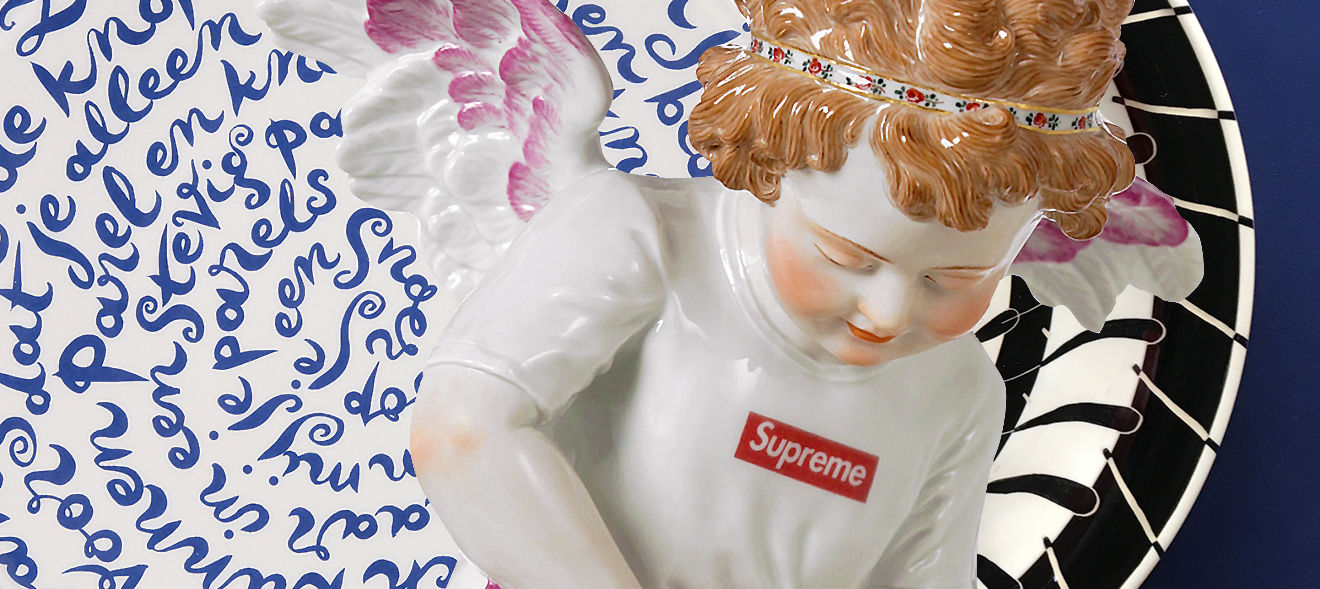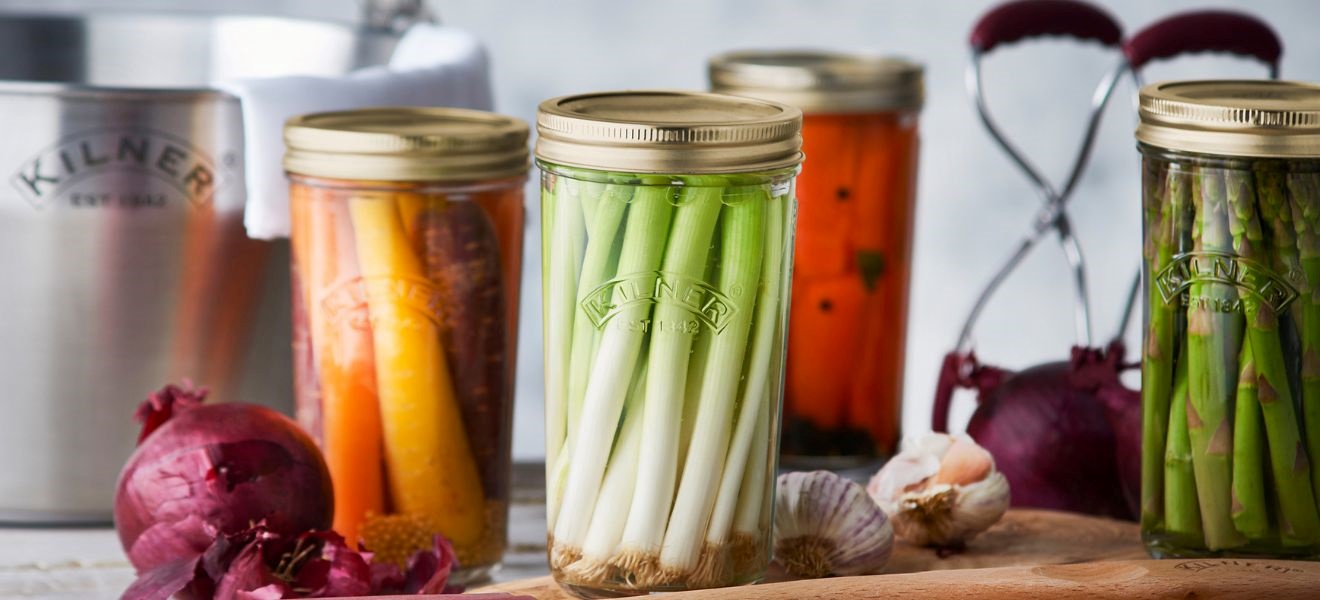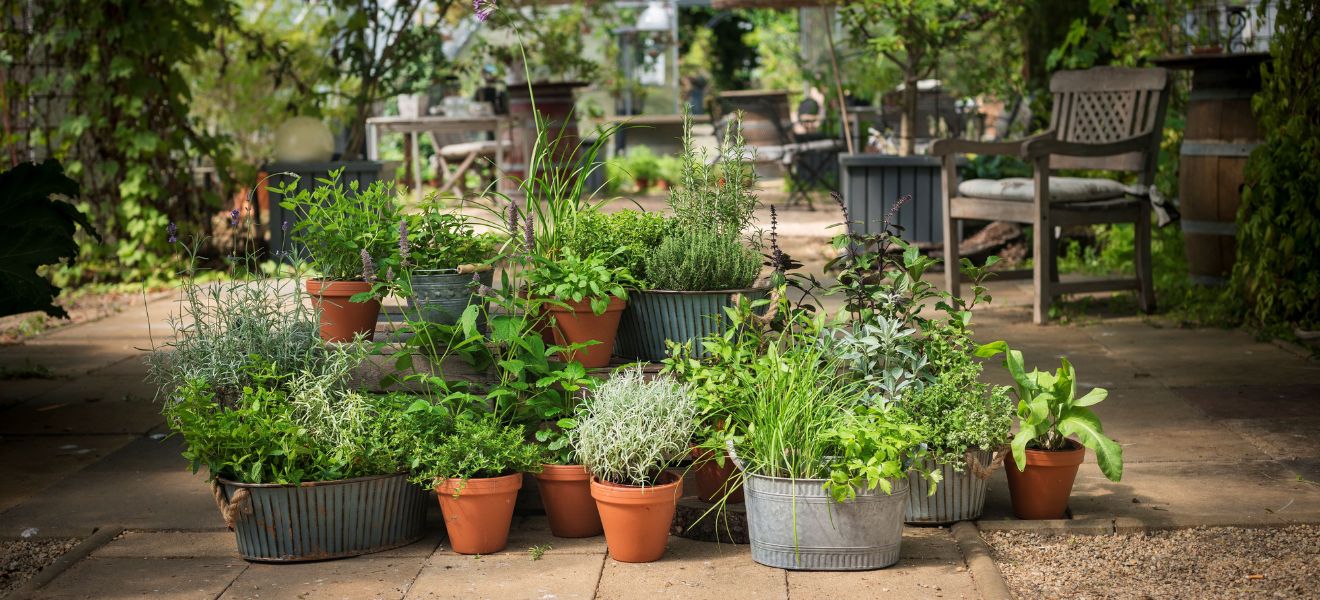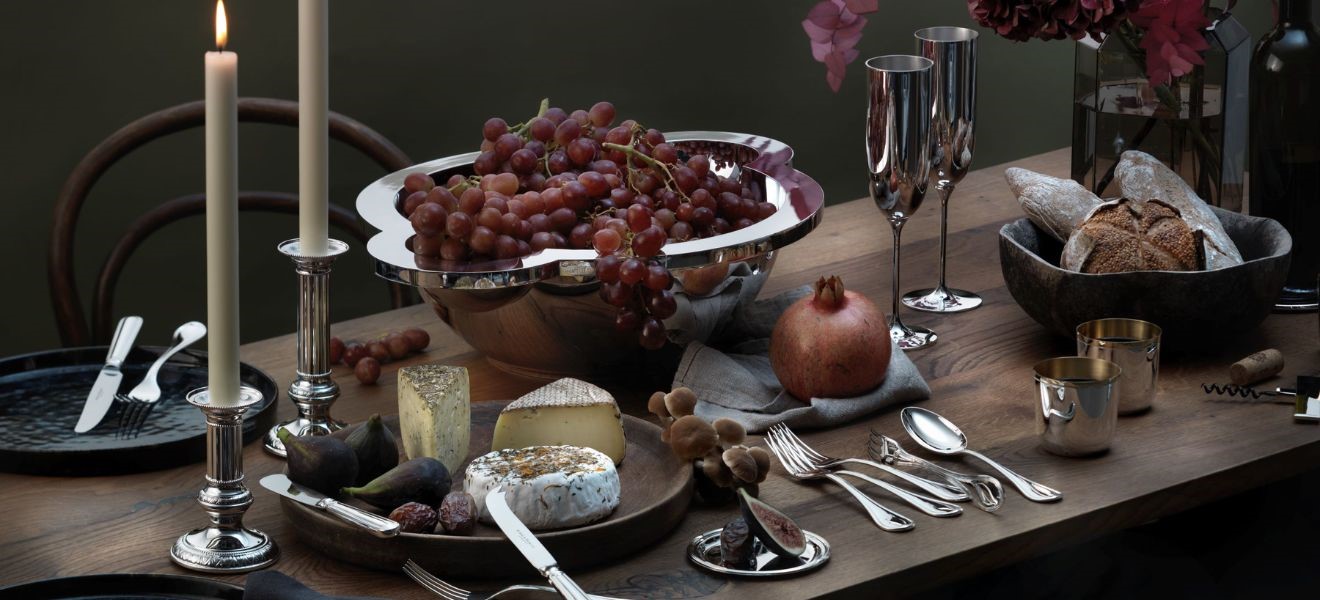Traditional manufacturing must break barriers in order to survive on the global market. These strategies include applying modern patterns and issuing new product lines. The catering and hotel trade also benefit from this balance between looking backwards and looking forwards. You don’t need to be an alchemist to uncover the elixir of youth – we show you how, as manufactories enter the next design generation.
The young ones
Look at these streetwise wall plates, featuring faces with the odd piercing. Can they really be Meissen-made? Yes, they can, and they’re pretty out-there. The Meissen company from Saxony in North-Eastern Germany commissioned the design duo Odeeh, more at home in the fashion world, to design a limited-edition series of plates. A collection of mugs followed, decorated with modern lip motifs and others from the firm’s 300-year history. Meissen’s back catalogue has also been reinterpreted, like the baroque cupid who sports a skater t-shirt, to win over a younger market which sees eccentricity as cool and limited editions as a must-have. Increasingly, porcelain manufacturers are taking the down-to-earth route: their desirable objects are for the kitchen table, not for the display case. In this context even Royal Delft, established in 1653, is abandoning its typical fine details. It has produced a minimalist series entitled Blue D1653, which merely hints at its noble origins with a small, but very visible bit of blue detail. The manufacturer Gien is far-sighted in its attempt to appeal to students and foodies on a budget. It has based a new line on 19th-century motifs and is distributing this exclusively through a French supermarket chain.




Green footprint
Baking your own bread, making your own pickles and preserves. These skills are experiencing a revival due to our increasing environmental awareness. Porcelain and ceramic manufacturers are also responding by relaunching tried and tested ranges. Bowls by Danish brand Knabstrup Keramik, now available in a variety of sizes and glaze colours, are ideal for kneading your dough, and also well suited to serving pasta and salads. The company was established in 1897 and, having closed for some years, has now re-emerged with a mixture of old designs for tableware and vase collections as well as new ones by young designers. Hence unique pieces stand shoulder to shoulder with mass-produced items. These objects fit perfectly into our new narrative of sustainability and durability. With its elegant porcelain, leading French traditional manufacturer Deshoulières has long been setting the standard for respecting the natural environment. It has maintained very strict requirements for raw materials, and its high-performance kilns are regulated to minimise gas consumption. To recap: be kind to the environment and refresh your aesthetic – porcelain producers striving for excellence can no longer afford to neglect these environmental and economic imperatives.


Eccentric exports
In the early years, European porcelain manufacturers focused on their global markets. They attended world exhibitions and supplied rulers and elites with porcelain, thus establishing their reputations. Hungarian firm Herend, famous for its fishnet design, has been a major player since 1826. This unmistakable pattern is drawn and painted freehand, without a template. Queen Victoria was a fan, and today people in Asia and the Arab world love it too: ornate porcelain is in great demand there. This manufacturer also applies typical Hungarian animal symbols to its porcelain, as well as producing its own back catalogue. The Imperial Porcelain Manufactory, St. Petersburg is a study in relaunching on the global market following a period of isolation. It was established under Tsarina Elizabeth in 1744; after the Bolshevik Revolution, the factory was nationalised and renamed. Once it was re-privatised, this manufacturer established itself as a large-scale exporter and today both the traditional Imperial porcelain and the early 1920s avant-garde designs are highly prized in the USA and Japan. The legendary ‘cobalt net’ dinner service, made in 1949 to resemble Catherine the Great’s dinnerware, is still hand-painted to this day.
2 Vase by Herend
3 Tiger figure by Herend
4 Vase by Imperial Porcelain Manufactory
5 Mug by Imperial Porcelain Manufactory
2 Vase by Herend
3 Tiger figure by Herend
4 Vase by Imperial Porcelain Manufactory
5 Mug by Imperial Porcelain Manufactory
Fine dining partners
When fitting out hotels, restaurants and other catering establishments it is becoming increasingly important to keep up with the latest technology, food trends and zeitgeist. Early-modern patterns and shapes are undergoing a renaissance, and in some cases this retrospective trend can rescue companies. At Hedwig Bollhagen’s workshops just outside Berlin, new owners are working to place the output of this major player in Bauhaus ceramics onto a more economically sustainable footing. For example, the company is actively producing interior designs from her archive that are of interest to the hotel trade. When new investors joined Kupfermanufaktur Weyersberg, the copper firm further improved its excellent reputation in the catering trade – and just like coppersmiths Ruffoni, this German company is constantly re-inventing its inimitable cookware, adding new technical features. Many of its products are exported to France, where copper is very popular, and indeed to wherever demonstration kitchens need stylish, energy-saving cookware. In 2019, Meissen created its first product line designed especially for presenting haute cuisine. The thicker bases of this pure white tableware keep dishes warmer for longer, and the bisque porcelain is extraordinarily hard.
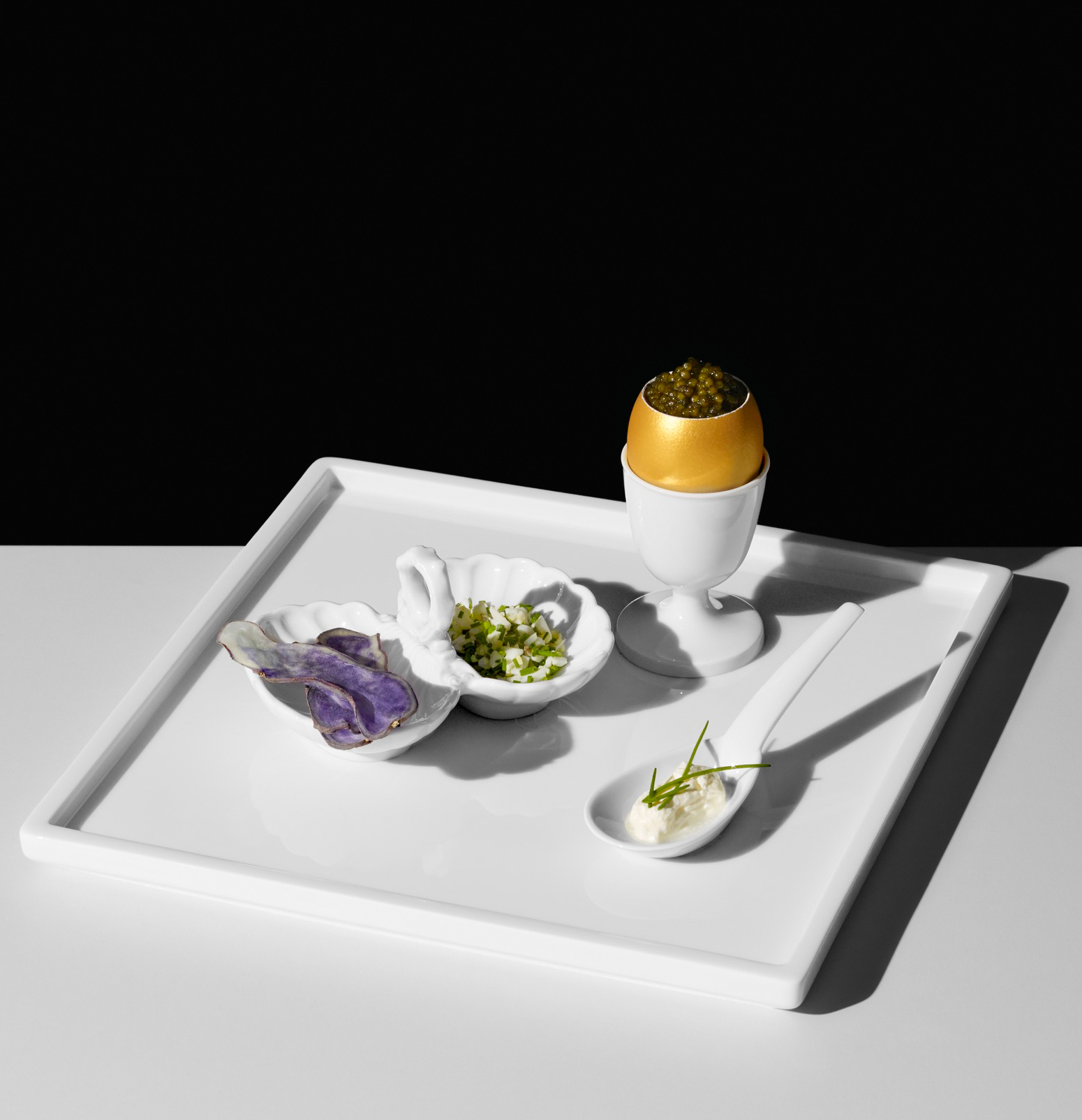


2 Mixing bowl by Kupfermanufaktur Weyersberg
3 Copper pot by Ruffoni
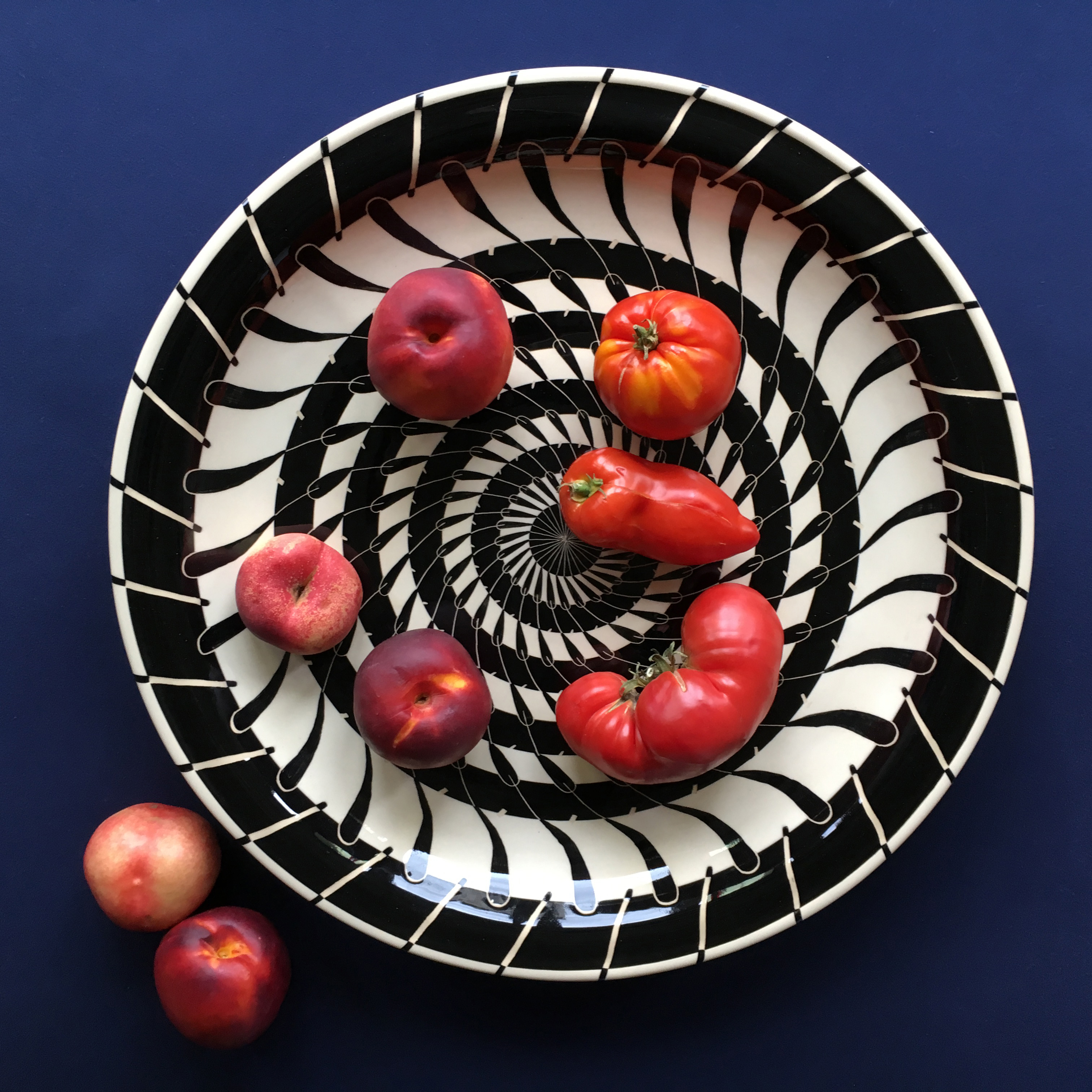

A true niche
When cutlery bears the ‘R&B’ logo, you know it will be iconic, top-quality handiwork. The Flensburg firm of silversmiths Robbe & Berking, established in 1874, has for several decades been the market leader worldwide in silver cutlery. Its products sell to luxury hotels and cruise ships, and many other customers who treasure them as the pinnacle of fine dining. Ever since the Second World War, cutlery in modern shapes, made of silver not steel, has been a recipe for success. This family firm operates in a niche where tradition and luxury are the order of the day: it often sells to prestigious seats of government. Indeed, a company continuing to occupy its own niche has proved a successful strategy for long-established metalworking firms. The Solingen-based knife manufacturer Franz Güde invented the bread knife with a serrated blade in 1910, and the cult French brand Laguiole en Aubrac started making stylish pocket knives in 1829. Over the years, these firms have continued to demonstrate a commitment to their history, while constantly reinventing their products. These strong traditionalists play an important role, not least because they push back against the throwaway culture. Many, more recent makers support this philosophy: German firm Mono is among its leading proponents, making cutlery and other stainless steel items. Its first cutlery range was Mono-a, which Peter Raacke designed some half a century ago. Each set was made from a single stainless steel block, with almost no wastage of material – this saved resources and was environmentally friendly, long before sustainability was a popular philosophy the world over. Even today, Mono’s designs eschew decorative elements. Titanium, sterling silver and gold editions embody the particular premium it places on the ‘art of omission’. Designer Mark Braun has updated the classic 1962 Mono Ring design, adding dishwasher-safe polyamide, to make this practical cutlery a new essential for bistros.

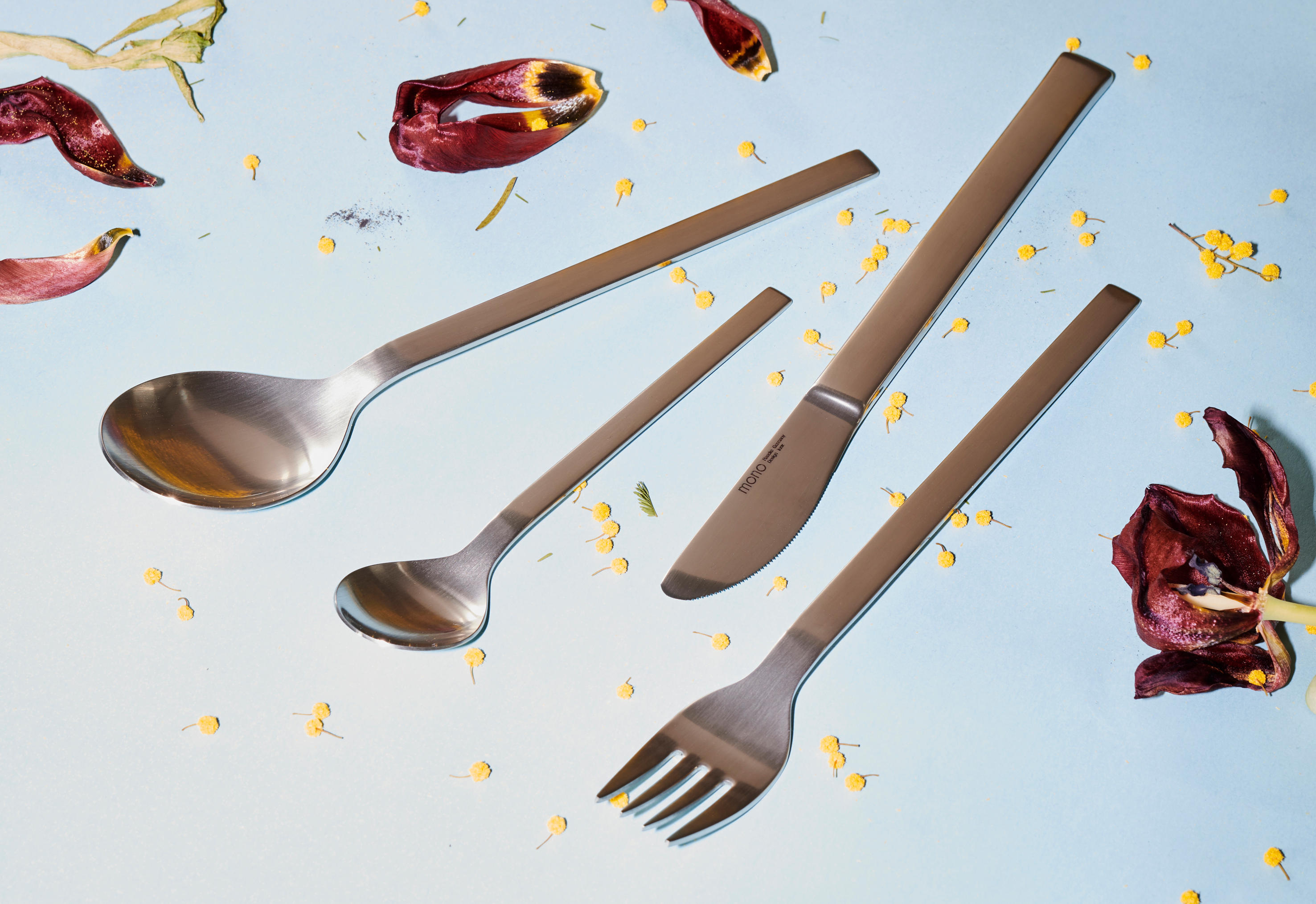
The long view
Successful porcelain factories have a long history to fall back on. Telling the factory’s story to the world grabs customers’ attention and focuses their enthusiasm on its tradition and artistry. Most of the traditional porcelain producers are represented in museum collections of modern and applied art. Their new collections reach great heights of perfection, making their brands appeal to a target audience which is increasingly interested in dining and interiors. As these manufacturers maintain their core competences while adding contemporary interpretations and product lines to their mass-produced ranges, they are ensuring their DNA survives. They don’t adapt their products to modern technology at any price; instead, technology is used to improve on an already-great product.
